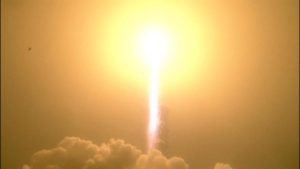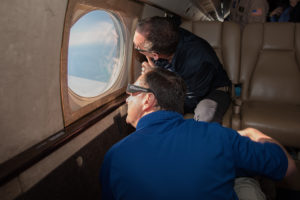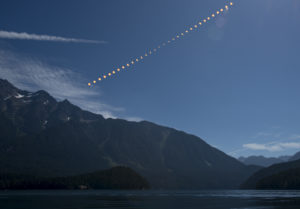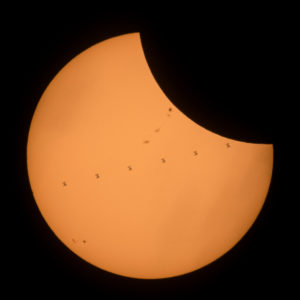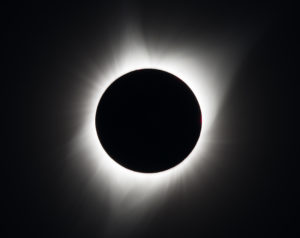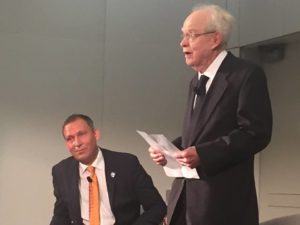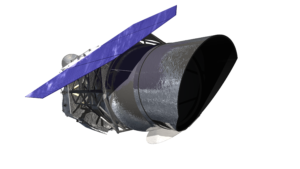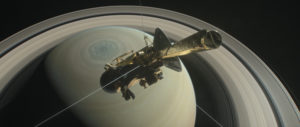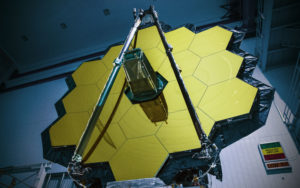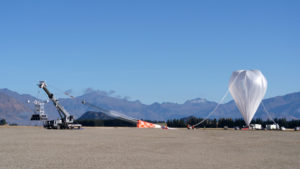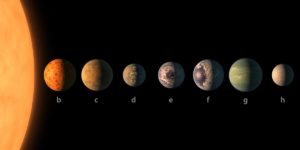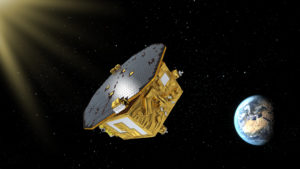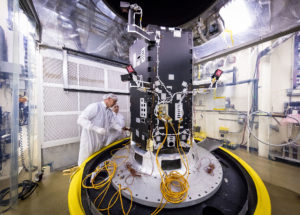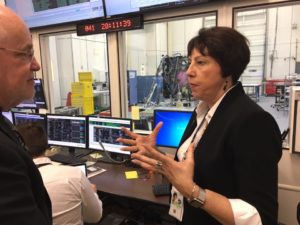Originally Published: May 26, 2018
Sometimes, one deliberately loses for the community to win!
Yesterday, after months of deliberation and tension in the community, I accepted the Academy’s recommendation to start the Astrophysics decadal activities right away. The Academy’s recommendation went against my own – so, obviously I lost this one. Right?
Well, here is some context: The topical strategic studies recommending the most important science to be pursued during the next decade (aka “decadals”) are the most important strategic ingredients to NASA Science and accepted by all key stakeholders. They provide both the framework for prioritization, and also persisting strategic goals that help focus and align. Missions like Hubble, Chandra and Webb are the results of such recommendation. Some decadals were strong and pushed communities, and some of them are like a bag of rocks a community has to carry on their backs for a decade, trying to do the very best with a strategy that missed its target.
There are at least two ways a decadal strategy can fail. On the one hand, a strategy can be based on dreams and unrealistic expectations – a “miracle strategy”: “Let’s do missions x,y and z – they will be great!” Well, they would be, except that we need a whole bunch of “miracles” to make them happen. Or, collectively, the missions are so expensive that they just are not possible, except if they become a national priority and thus the budget massively increases. The Academy did some very good things to protect the science community from itself and to try to ensure the community knows what they are actually proposing, with cost, new technology, etc implications.
The second failing strategy is a “defensive strategy”, one that misses ambition and is often dominated by a community who seeks to never again make the same mistakes that led to challenges they have now- often, a community recovering from the ills of a “miracle strategy”. Here is the problem with a defensive strategy: even though there might be some nice recommendations in there, this type of strategy does not allow for true upside, true inspiration, alignment, and a chance to expand. A decade is a long time if you are stuck with a defensive strategy like this! It is a lot harder for the Academy to protect the community from itself when the community feels bad about its current status quo.
That is why I spoke up when it came to the Astrophysics decadal. All signs looked to me like we were going down the path to a defensive strategy and discussions with community groups – especially up-and-coming leaders – worried me. No, we cannot protect the community from itself either, but we can talk about the importance of ambition and alignment in a decadal strategy. It would be a lot easier to do a decadal when there is a clear success is sight, than when two or more challenges are pulling the collective psyche of the community down. One point that made less news, but was very important to me, is to ask the Academy to ensure that the decadal is also relevant in other ways: a strategy cannot be important if it is put together by representatives of the top-10 University programs, and by a community group that is all male and has an average age north of 65! Diverse groups make better strategies, and provide better alignment and buy-in.
So, do I really care when the Astrophysics decadal is going to be? No – the decadal belongs to the community, not to me. But, I truly care to have had the discussion we just had about ambition, about alignment, and about inclusion of the broad community which makes up one of the world’s best and most exciting science communities in the history of science!
That is worth losing for.

